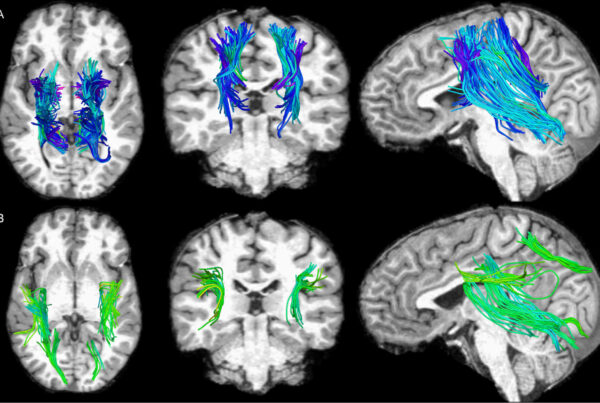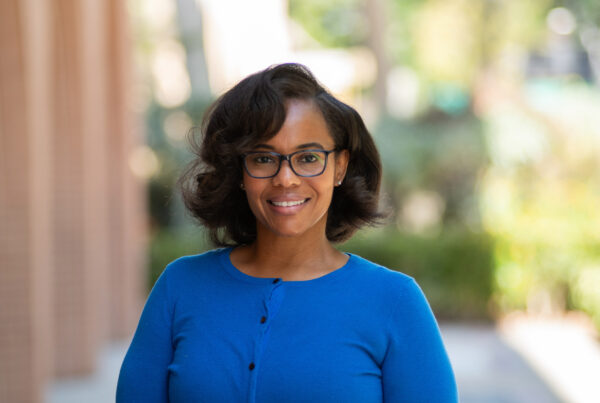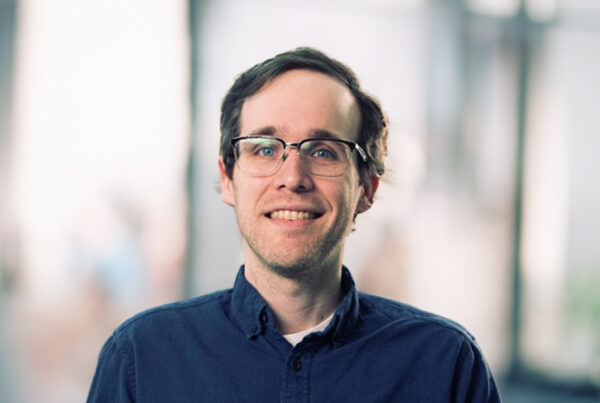Associate Professor Julie Zissimopoulos: the impact and economics of Alzheimer’s
On the need for policy changes:
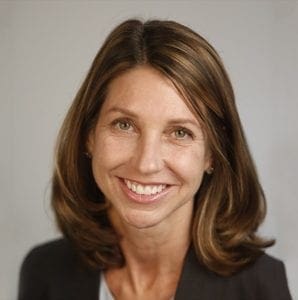
Associate Professor Julie Zissimopoulos
“I think one important policy change is solutions to support family caregivers in the workplace, compensation programs. But this isn’t going to be enough. Demographic trends suggest that family caregiving as the main source of care is likely not sustainable. People are having fewer children, and there are more Americans with dementia. So we really need an insurance system to cover long-term care. The current system does not function well. [Those] who take it up tend to only be those at high risk with very high healthcare costs. So we need to be a little innovative here, maybe consider a voluntary auto-enrollment in long-term care insurance with an opt-out much like what has worked well in the retirement savings market.”
“Medicare could also help; we had a new benefit of Part D that covers drug expenditures and protects against very high out-of-pocket spending for those beneficiaries with high drug expenditures. This was very successful. Medicare could do something similar for long-term care, but it will be very costly. So we will need to figure out who will pay, how we will finance this and, and who is going to bear the costs of this. Will it be the younger generation through taxes on, say, health insurance premiums? If so, how are we going to make sure that they don’t bear the full burden?”
Assistant Professor Marc Vermulst: the role of genetic mutations in human aging and disease
On the origins of Alzheimer’s and Parkinson’s disease:
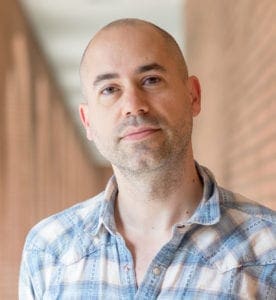
Assistant Professor Marc Vermulst
“One of the things I’m really interested in is the occurrence of age-related diseases, for example Alzheimer’s and Parkinson’s disease. And one of the major questions is ‘why do people get these diseases?’ There are families that have a mutation that makes them more predisposed to getting these diseases, but that really only explains five to maybe 15% of all of the cases. The remaining 85 to 95%, we really have no clue why these people get these diseases. So what I’m trying to do is I’m trying to explain these remaining 85%.”
‘Because all of these diseases are caused by misfolded proteins, and transcription errors cause these misfolded proteins, I think that we have found a new mechanism that can cause these diseases. And if the mechanism is indeed correct, that means we can now do something about it. So it’s really about finding the origin of the disease itself in order to be able to design medicine for it.’
Associate Professor Hussein Yassine: Uncovering links between nutrition, genes, and risk for Alzheimer’s disease
On what can people do to reduce Alzheimer’s disease risk:
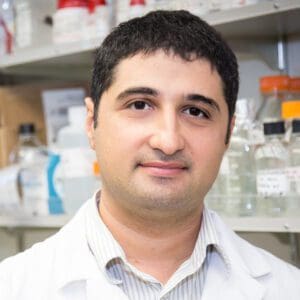
Dr. Hussein Yassine
“I think timing is key. I think if you know that you are at increased risk based on family history or APOE4 genotype, nutritional and lifestyle interventions during middle age will provide you likely the most benefit. Our research and others suggest that between the ages of 45 and 65, those at risk individuals should be on certain lifestyle modifications, whether it is at least one serving of fatty fish per week, or some good exercise regimen. We’re not talking about marathon running; maybe three times a week, 15 minutes per day is good enough. Lifestyle modifications, no smoking, reduced consumption of simple sugars to avoid complications of diabetes and obesity, increased intake of green leafy vegetables, which are enriched in polyphenols and antioxidants, good sleep, listening to music, certain forms of meditation, or, in some individuals, praying. And all of these factors have a positive effect on mitigating or decreasing the chances of getting Alzheimer’s.”
Professor John Tower: the roles of sex differences and mitochondria on aging
On sex-specific interventions:
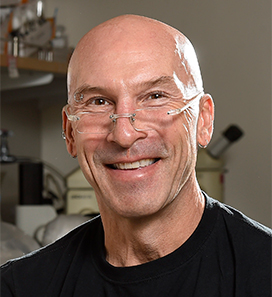
Professor John Tower
“I think what I would expect is we’re going to see sex-specific interventions in aging and aging-related diseases, even diseases common to the male and the female, like Parkinson’s and Alzheimer’s, that having an intervention that’s tailored to the male or the female will be more efficacious.”
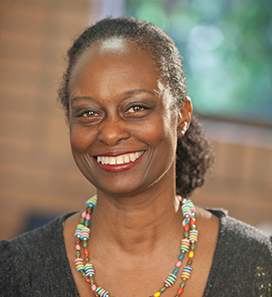
Research Associate Professor Donna Benton
Research Associate Professor Donna Benton: Family Caregiving Challenges During COVID-19
On how to better support dementia caregivers:
“The policies need to be there so that we get better diagnoses, that we have more physicians who are trained to recognize and help family members, that social services and physicians also know where to refer people to once they have a diagnosis of dementia and how to help the family because … the physician isn’t going to be there to help with support groups. They’re not going to become the support group person. They’re not going to help them navigate other social services. But if they make the right referral to, say, the Alzheimer’s Association or AARP or a California Caregiver Resource Center system, that actually helps start the process so that the caregiver will have somebody who they can call whenever they need to. … Over the course of many years, as the disease progresses, you’re going to need different training [and] different information.”
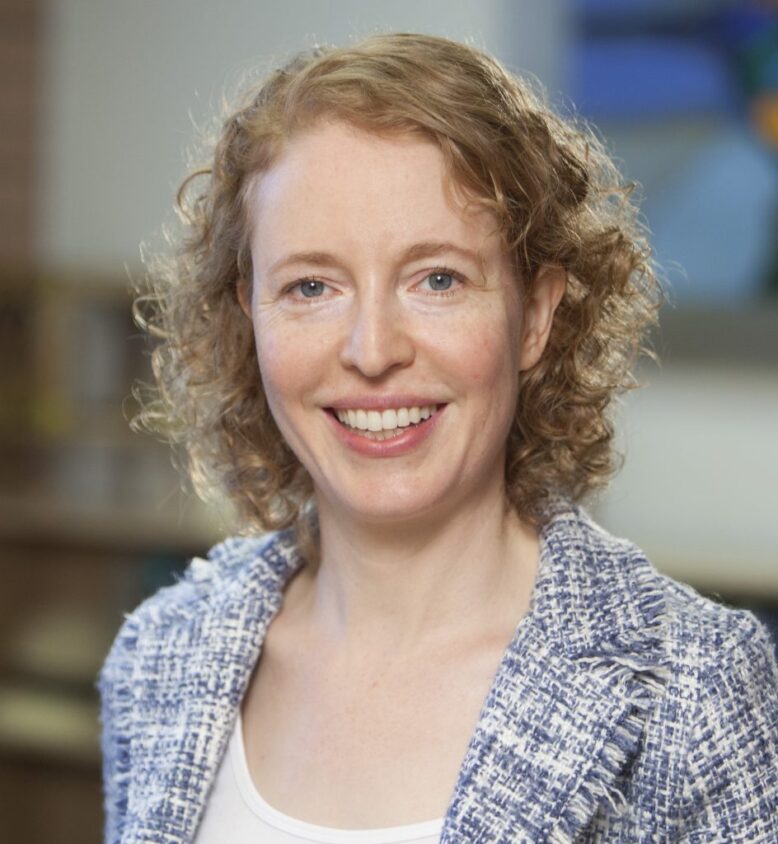
Professor Mara Mather
Professor Mara Mather: Slowing down the progression of Alzheimer’s disease
On the potential benefits of meditation:
“One study, which looked at a large sample of people who have practiced meditation for many years versus people who have not practiced meditation, found that when they just used a machine learning technique to guess at how old the brains were of each person, this algorithm guessed that on average, the meditators’ brains were 7.5 years younger than their actual age, compared to the control brains, which were non-meditators and didn’t show that effect. So it seems that meditation is associated with benefits for actual brain health, which is really interesting.”
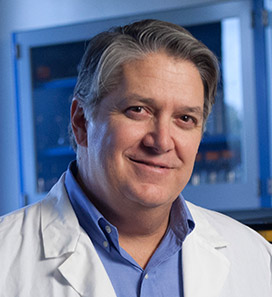
Professor Christian Pike
Professor Christian Pike: Sex differences in Alzheimer’s disease
On the differences between men and women regarding Alzheimer’s disease:
“There are so many differences between men and women in Alzheimer’s disease. I mean, at the core of it, the disease is very much the same across all people. But then when you begin to break it down into the effects of different risk factors, you begin to see significant differences. … And in recent years there’s been a greater emphasis on sex differences in the more we look, the more differences between the male brain and the female brain that we find.”
To learn more, subscribe to Lessons in Lifespan Health at lifespanhealth.usc.edu.


